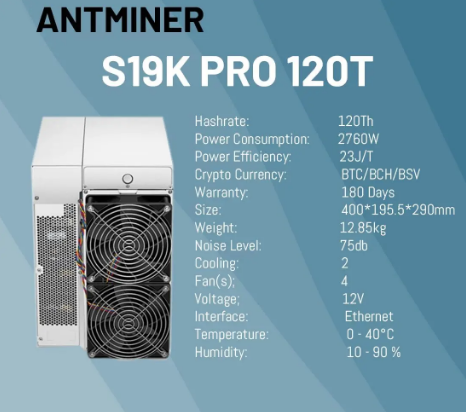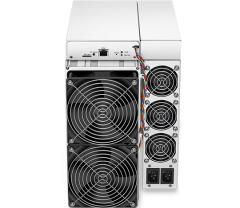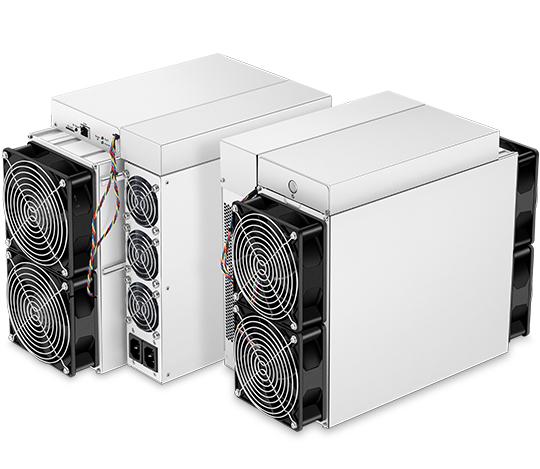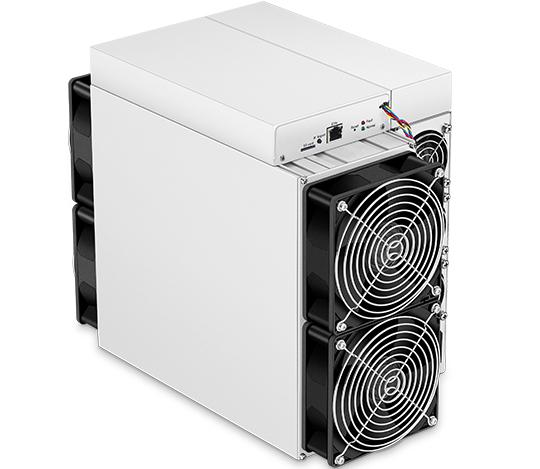Bitcoin Miner S19k Pro Repair Guide: Common Issues
The Bitcoin Miner S19k Pro is a powerhouse in the world of cryptocurrency mining, offering unparalleled performance and reliability. However, like any sophisticated piece of hardware, it can encounter issues that may disrupt your mining operations. This guide will walk you through some common problems with the S19k Pro, providing practical solutions to keep your miner running smoothly.
Introduction to the Bitcoin Miner S19k Pro
Before diving into troubleshooting, it’s essential to understand the key features and advantages of the S19k Pro. This state-of-the-art mining device from Bitmain is designed for efficient and profitable mining of SHA256-based cryptocurrencies, including Bitcoin (BTC), Bitcoin Cash (BCH), and Bitcoin SV (BSV).
Key Features:
- Hashrate: 120 TH/s
- Power Efficiency: 23 J/TH (±5%) at 25°C
- AC Input Voltage: 200-240V
- Frequency Range: 47-63 Hz
- Operating Temperature: 0°C to 40°C
- Humidity: 10% to 90% (non-condensing)
- Dimensions: 400 x 195 x 290 mm (L x W x H)
The S19k Pro is known for its robust design, user-friendly interface, and comprehensive warranty, making it a popular choice among both amateur and professional miners.

Common Issues and Solutions
1. Overheating
Symptoms:
- The miner shuts down unexpectedly.
- Fans are running at maximum speed continuously.
- High temperature readings on the control panel.
Solutions:
- Ensure Proper Ventilation: Make sure the miner is placed in a well-ventilated area. Avoid stacking miners too closely together.
- Clean the Fans and Heat Sinks: Dust accumulation can impede airflow. Regularly clean the fans and heat sinks using compressed air.
- Check Ambient Temperature: Ensure the operating environment is within the recommended temperature range (0°C to 40°C).
- Upgrade Cooling System: Consider adding additional cooling solutions like external fans or air conditioning units.
2. Network Connectivity Issues
Symptoms:
- Miner fails to connect to the mining pool.
- Intermittent connection drops.
- Unable to access the miner’s web interface.
Solutions:

- Check Ethernet Cable: Ensure the Ethernet cable is securely connected and not damaged. Try using a different cable if necessary.
- Restart the Miner: Sometimes, a simple restart can resolve connectivity issues.
- Update Firmware: Ensure the miner’s firmware is up to date. Bitmain regularly releases updates that can improve network stability.
- Check Router Settings: Verify that your router is not blocking the miner’s IP address. You may need to adjust firewall settings or assign a static IP to the miner.
3. Power Supply Problems
Symptoms:
- Miner does not power on.
- Frequent power resets.
- Error messages related to power supply.
Solutions:
- Verify Power Source: Ensure the power outlet is functioning correctly and providing the required voltage (200-240V).
- Check Power Cables: Inspect the power cables for any signs of damage or wear. Replace if necessary.
- Test with Another PSU: If possible, test the miner with a different power supply unit to rule out PSU failure.
- Monitor Power Consumption: Ensure your power supply can handle the miner’s power requirements. Overloading the PSU can cause instability.
4. Hashrate Drops
Symptoms:
- Significant decrease in hashrate.
- Inconsistent mining performance.
- Higher than usual rejected shares.
Solutions:
- Check for Overheating: As mentioned earlier, overheating can lead to reduced performance. Ensure proper cooling.
- Inspect ASIC Chips: Faulty ASIC chips can cause hashrate drops. Use diagnostic tools to check the health of the chips.
- Update Mining Software: Ensure you are using the latest version of the mining software. Outdated software can lead to inefficiencies.
- Optimize Pool Settings: Adjust your mining pool settings to reduce latency and improve share acceptance rates.
5. Fan Failures
Symptoms:
- Unusual noise from the fans.
- Fans not spinning or spinning irregularly.
- Overheating due to inadequate cooling.
Solutions:
- Clean the Fans: Dust and debris can cause fan failures. Regularly clean the fans to ensure smooth operation.
- Replace Faulty Fans: If cleaning doesn’t resolve the issue, replace the faulty fans. Spare parts are readily available from trusted providers like Minerfixes.
- Monitor Fan Speed: Use the miner’s interface to monitor fan speeds and ensure they are operating within normal ranges.
6. Firmware Issues
Symptoms:
- Miner fails to boot up.
- Error messages during startup.
- Inability to update firmware.
Solutions:
- Perform a Factory Reset: A factory reset can resolve many firmware-related issues. Follow the manufacturer’s instructions for resetting the miner.
- Reinstall Firmware: Download the latest firmware from Bitmain’s official website and reinstall it on the miner.
- Check Compatibility: Ensure the firmware version is compatible with your miner model. Using incompatible firmware can cause boot failures.
7. Control Panel Access Problems
Symptoms:
- Unable to access the miner’s web interface.
- Control panel freezes or becomes unresponsive.
- Error messages when trying to log in.
Solutions:
- Check Network Connection: Ensure the miner is connected to the network and has a valid IP address.
- Clear Browser Cache: Sometimes, browser cache issues can prevent access to the control panel. Clear your browser cache and try again.
- Restart the Miner: A simple restart can often resolve control panel access issues.
- Reset Login Credentials: If you’ve forgotten your login credentials, perform a password reset following the manufacturer’s instructions.
Preventive Maintenance Tips
To minimize the risk of encountering these issues, consider implementing the following preventive maintenance practices:
- Regular Cleaning: Dust and debris can accumulate over time, leading to overheating and component failures. Regularly clean the miner’s exterior and internal components.
- Firmware Updates: Keep the miner’s firmware up to date to benefit from the latest performance improvements and bug fixes.
- Monitor Performance: Use the miner’s interface to monitor performance metrics like temperature, hashrate, and fan speed. Address any anomalies promptly.
- Backup Configuration: Regularly back up the miner’s configuration settings to avoid data loss in case of a reset or firmware update.
- Inspect Cables and Connections: Periodically inspect all cables and connections for signs of wear or damage. Replace any faulty components immediately.
Conclusion
The Bitcoin Miner S19k Pro is a robust and reliable mining device, but like any hardware, it can encounter issues. By understanding common problems and their solutions, you can ensure your miner operates at peak efficiency, maximizing your mining profitability. Regular maintenance and prompt troubleshooting are key to minimizing downtime and extending the lifespan of your S19k Pro.

Investing in the Bitcoin Miner S19k Pro is a smart choice for anyone serious about cryptocurrency mining. With its industry-leading performance, energy efficiency, and comprehensive support, the S19k Pro is well-equipped to meet the demands of modern mining operations. By following this repair guide and implementing preventive maintenance practices, you can keep your S19k Pro running smoothly and enjoy consistent returns on your investment.

For more information on the Bitcoin Miner S19k Pro and to purchase spare parts or accessories, visit Minerfixes, your trusted provider of one-stop mining solutions. Happy mining!